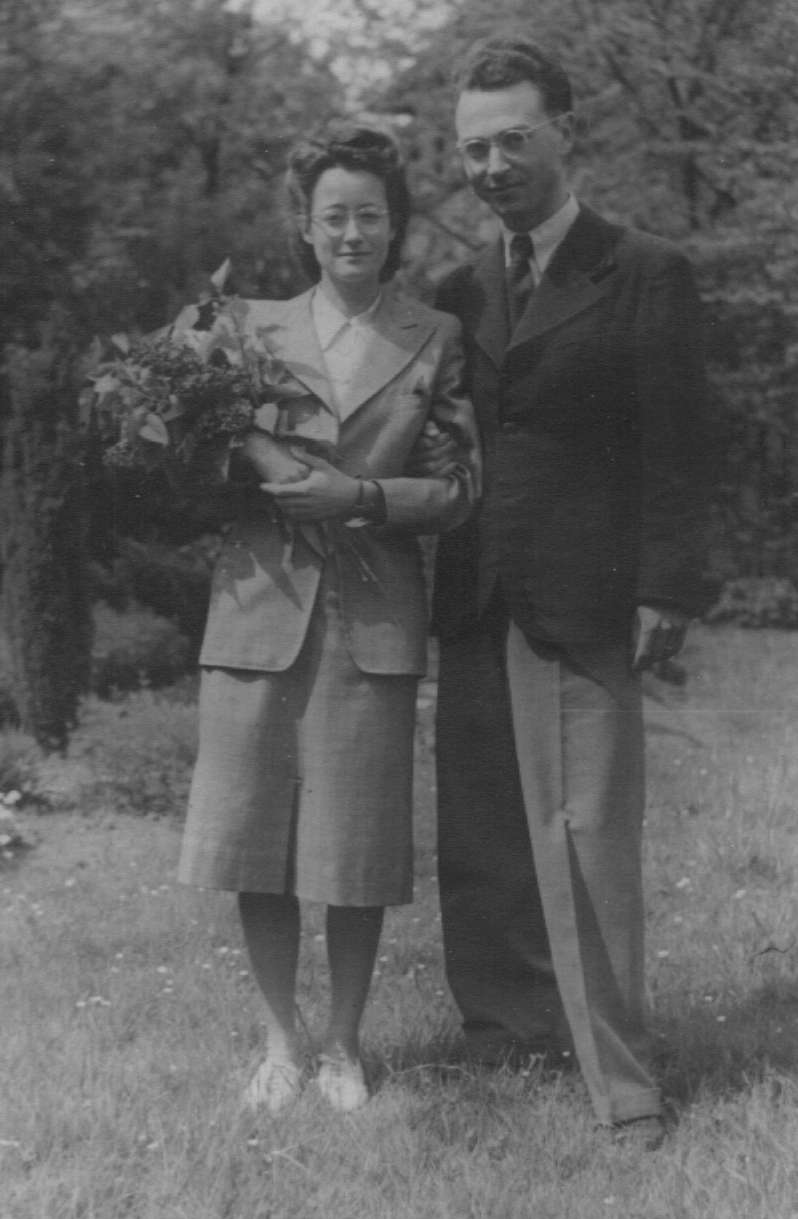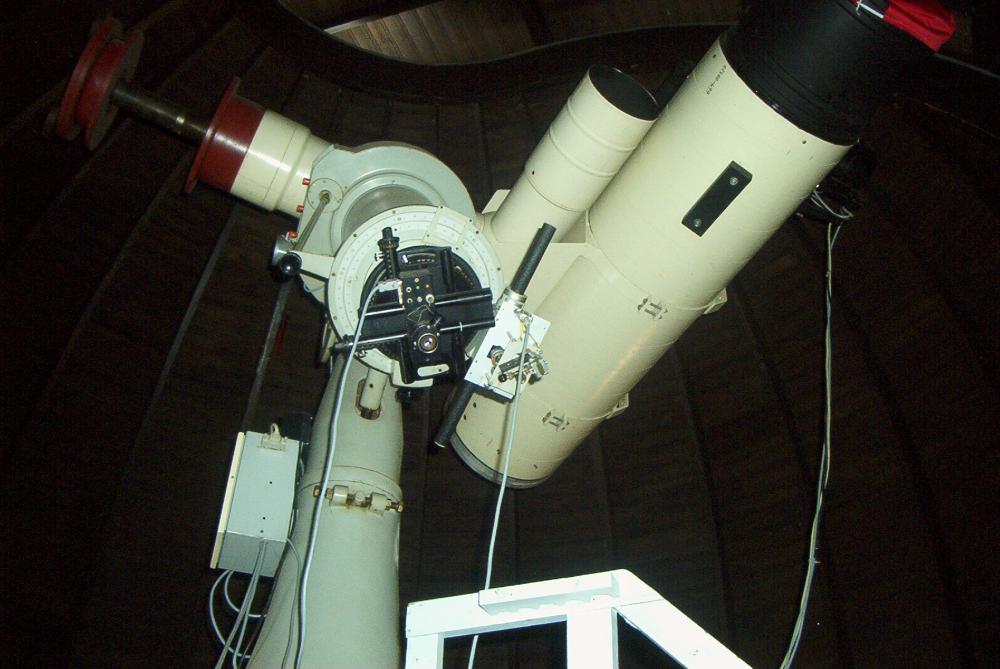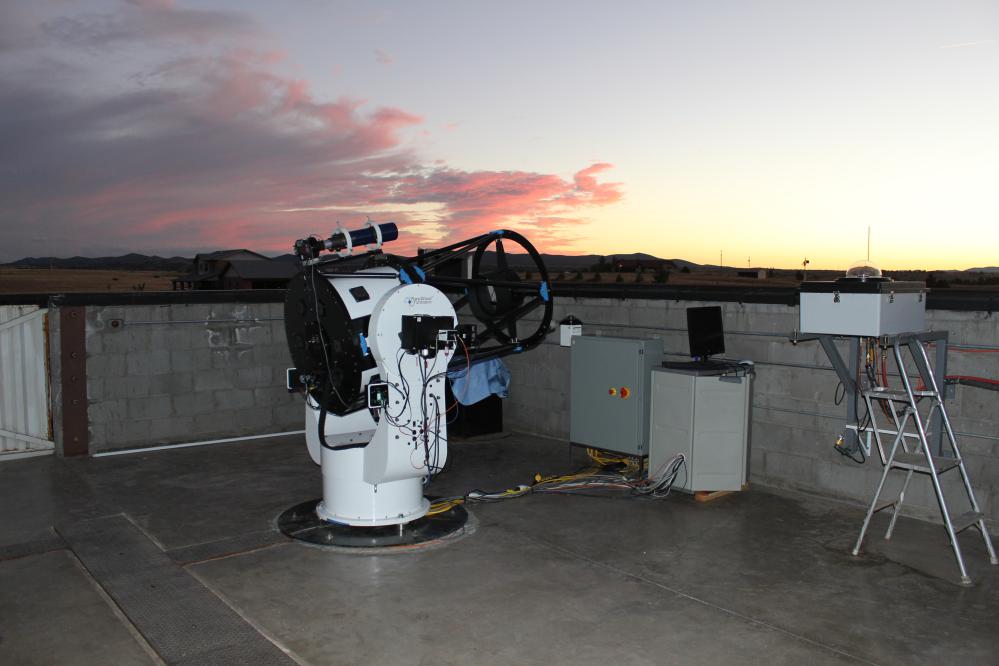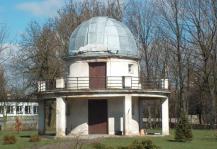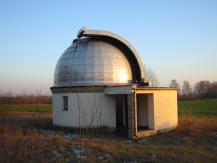
Category of Astronomical Heritage: tangible immovable
Poznan Observatory, Poland

Description
Geographical position
Instytut Obserwatorium Astronomiczne, Poznan Observatory (Obserwatorium Astronomiczne Uniwersytet im. Adama Mickiewicza w Poznaniu), ul. Słoneczna 36, PL-60-286 Poznań, Poland
(German: Posen), Adam-Mickiewicz-University (UAM)
Location
Latitude 52.394350 N, Longitude 16.874769 E, Elevation ...m above mean sea level.
IAU observatory code
047
Description of (scientific/cultural/natural) heritage
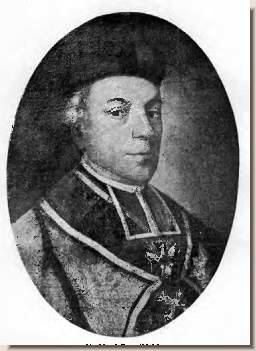
Fig. 1a. Jozef Rogalinski (1728--1802), founder of the Jesuit College Observatory in 1761 (www.wtg-gniazdo.org)
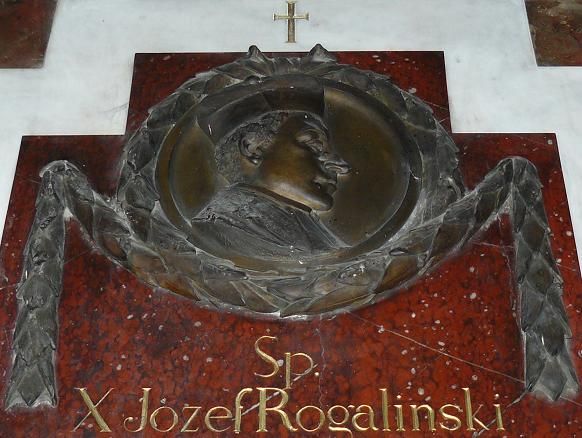
Fig. 1b. Memorial plaque for Jozef Rogalinski (1728--1802), founder of the Jesuit College Observatory in 1761 (Wikipedia, CC4, MOs810)
Jesuit College Observatory
The Jesuit College in Poznań, founded in 1571, got a collection of instruments and astronomical equipment in the 18th century by Maria Leszczynska (1703--1768), daughter of the King of Poland, Queen of France as the wife of King Louis XV, 1725 to 1768.
The observatory was located on the second floor of the college, in the wing adjacent to the church. Above these rooms, on the roof, a tower with a terrace was built, intended for an astronomical observatory. Jozef Rogaliński (1728--1802) visited observatories in Paris (Sainte-Geneviève), Rome, Florence and Lyon, and founded the Jesuit Observatory in Poznań circa 1761, which was almost entirely built and equipped by the Rogaliński family. The observatory in Poznań was much better equipped than the similar institution in Vilnius, which was nine years older: a parallactic telescope, an astrolabe, and a quadrant, made by Canivet of Paris, with a radius of 3 foot, in addition an astronomical clock, made by Jean André LePaute (1720--1789) and a clock, made by François Boucher.
Jozef Rogaliński was not only director of the observatory, but also head of the museum and of the physics laboratory. In addition, he offered free lectures to the public. His observations began circa 1764 (northern lights), and the solar eclipse of 1 April 1764 was observed with a refractor and a Gregorian telescope (cf. Peter Abraham).
Rogaliński’s activities were stopped with the liquidation of the Jesuit order and their observatory in 1773. Warfare during this era made science impossible, the Jesuit College was used as barracks for Prussian and then Russian armies, and the College and Jesuit Observatory were closed in 1773 (Kubiak 1973). The Canivet quadrant was sent from the closed observatory to Kraków in 1783 (Howse 1986). The college functioned as a secondary school. But Rogaliński, who became its vice-chancellor, did not succeed to raise the institution to the rank of a university.
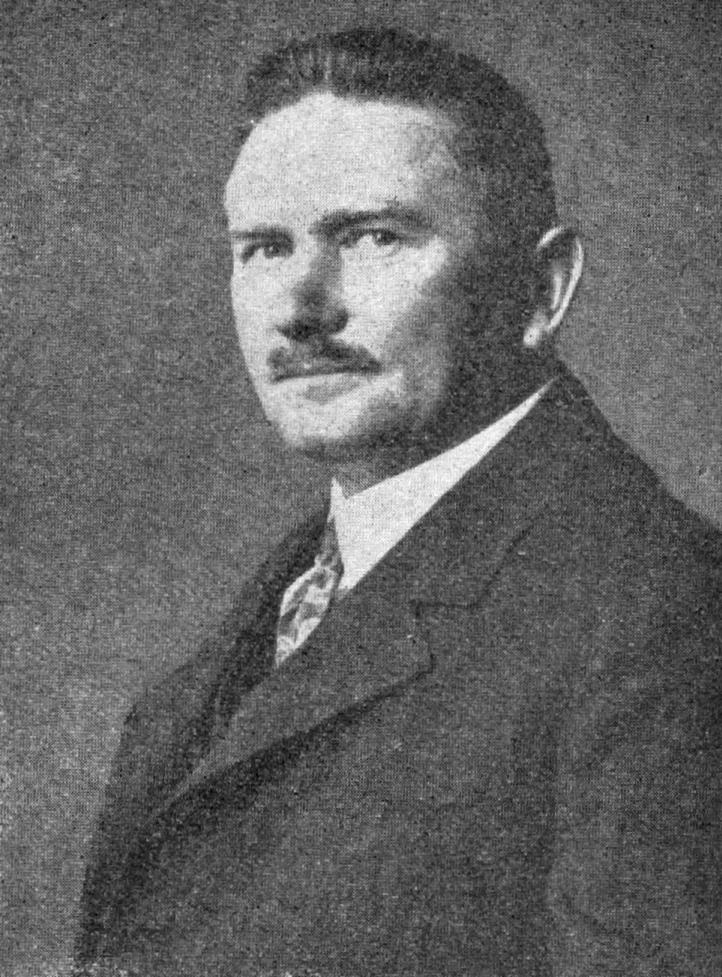
Fig. 2a. Kazimierz Romuald Graff (1917--2012), (Wikipedia)
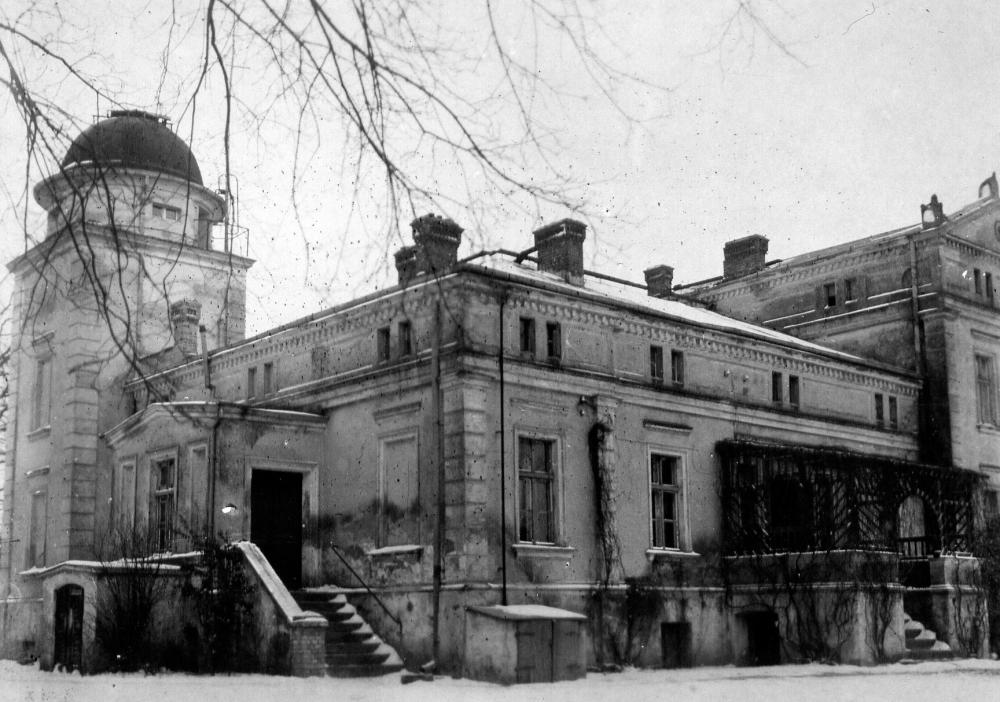
Fig. 2b. Poznań Observatory in "Villa Górczyn", founded in 1919 (OA AMU)
Poznań Observatory, Adam-Mickiewicz-University
In 1906, the rector of the Prussian Royal Academy in Poznań proposed the foundation of an astronomical observatory in Poznań and asked Kazimierz Romuald Graff (1917--2012), a famous Polish-German astronomer working at the Hamburg-Bergedorf Observatory, 1916 to 1928, to help. Graff cooperated in purchasing the first instrumentation.
In 1919, the Poznań Observatory was founded. Kazimierz Graff took over the leadership. He chose the manor house "Villa Górczyn", ul. Palacza 63, built around 1880. Adjacent to one corner is a tower adapted for observation purposes (a dome with astronomical equipment).
The other observing location, proposed by Graff, 30 km outside the city, on the moraine hills of Mosina, was not realized.
In 1920, after the outbreak of the Polish-Soviet war, the financial situation of the Adam-Mickiewicz-University deteriorated significantly; Kazimierz Graff refused the director position.
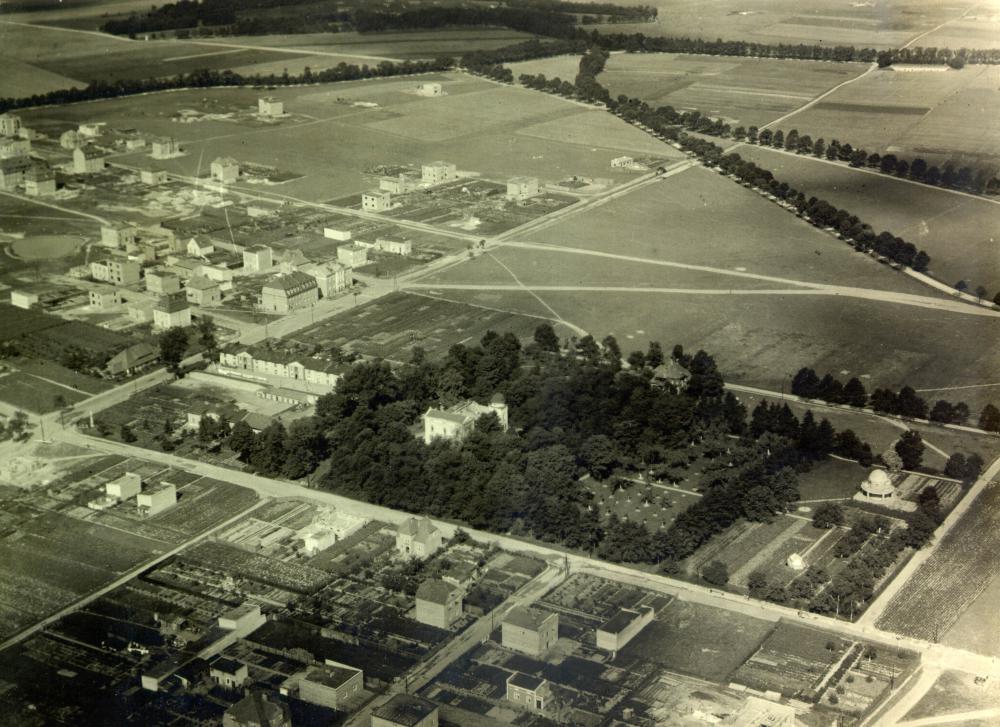
Fig. 3a. Aerial photo of Poznań Observatory (1919), (OA AMU)
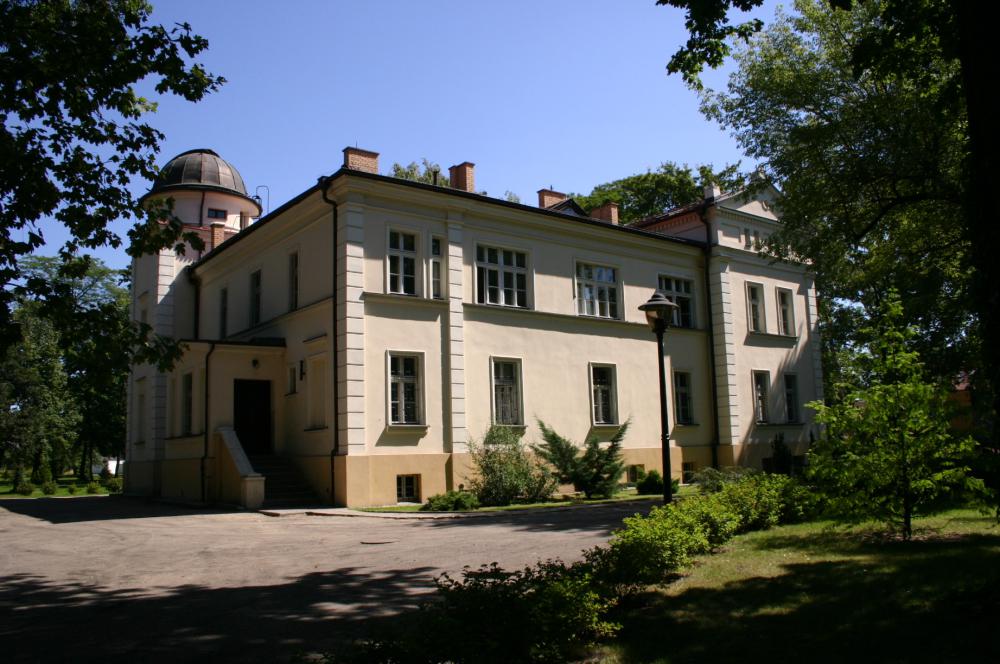
Fig. 3b. Poznań Observatory (1919), (OA AMU)
Thanks to the recommendation of Prof. Tadeusz Banachiewicz (1882--1954), Bohdan Zaleski (1887--1927) of Mykolaiv (Nikolaev) Observatory (now in Ukraine) took over in 1922 (until 1927). In 1923, he got his PhD from Jagellonian University Kraków, and the Habilitation in 1926. The research was focused primarily on astrometry, catalogue of declinations of 486 fundamental stars.
After Zaleski’s early death, his first astronomy graduate and assistant Stanisław Andruszewski took over the leadership until 1929; he introduced time signals to the Polish Radio station in Poznań.
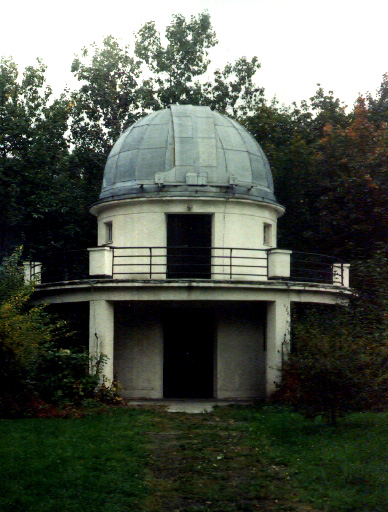
Fig. 4a. Dome of Poznań Observatory for the Zeiss Refractor (www.vesta.astro.amu.edu.pl)
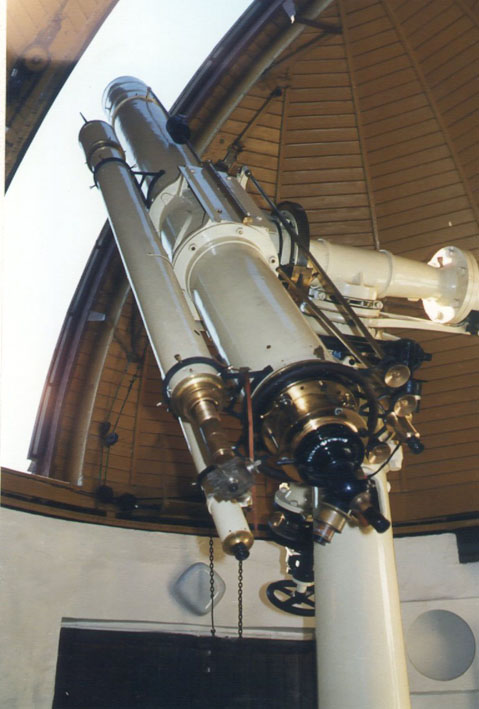
Fig. 4b. 20-cm-Zeiss Refractor (Wikipedia, CC3, Bori64)
In 1929, Dr habil Józef Witkowski (1892--1976) from Kraków was called as director, and the observatory developed dynamically; the main building got a new floor. The research topic was extended to comets, eclipsing binaries, and occultations. From 1929 to 1933, the observatory took part in an international longitude programme. The Zeiss 200/3000 refractor (mounted in a new dome) and a Riefler pendulum clock and a Shortt clock were bought. From 1932, the topic of scientific research was expanded to celestial mechanics, micrometric observations of comets and asteroids, including issues related to the origin of comets. In 1934, the total solar eclipse in Irkutsk, Siberia, was observed by using an innovative chromo-cinematographic technique. In addition, astrophysics started with eclipsing binaries, and the Nova Herculis (1934) was observed with visual photometry. The resulte were published in the journal "Publications de l’Observatoire Astronomique de l’Université de Poznań".
During the Second World War, the observatory continued its scientific activities; almost all Polish staff was replaced with Germans (Duerbeck 2006). The head of the facility was Dr. Joachim Otto Stobbe (1900--1943), one of the pioneers of asteroid photometry, and from mid-1942 Harald Fischer. As assistants Werner Lohmann and Stefan Temesváry (1915--1984) were chosen, but immediatedly sent for service in the German army. Positions of comets and minor planets were calculated, but especially calculations for the Berlin ephemeris and the navy had to be carried out.
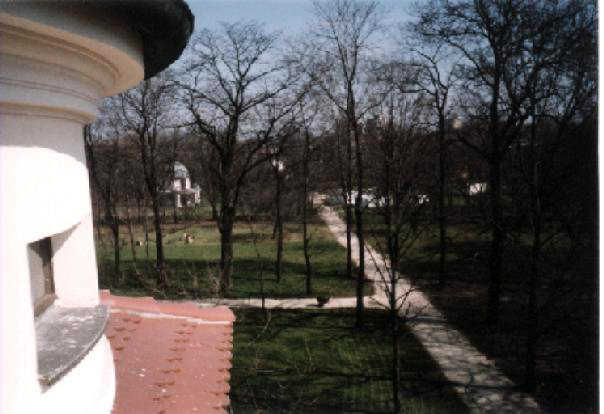
Fig. 5a. Dome on the Main Building of Poznań Observatory (www.vesta.astro.amu.edu.pl)
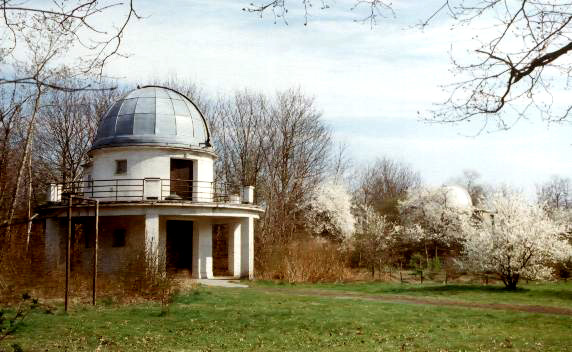
Fig. 5b. Larger Dome of Poznań Observatory for the Zeiss Refractor (www.vesta.astro.amu.edu.pl)
After WWII, in 1945, Prof. Józef Witkowski (1892--1976) was director of the observatory until 1962. With new cameras and a Zeiss photographic plate measuring machine, photographic astrometry of asteroids and comets were made. The Minor Planet 1949 SC was discovered in this observatory. In 1957/59, the observatory participated in the International Geophysical Year (1957), concerning the international longitude and latitude programme.
From 1962 to 1967 Prof. Dr. Fryderyk Koebcke (1909--1969), a student of Prof. Witkowski, was mainly interested in astrometric observations (time service), celestial mechanics and satellite geodesy. He succeeded to organize, that the observatory got a satellite tracking station (14-cm-camera, f=1m).
From 1967 to 1990, the institution was headed by Prof. Dr habil Hieronim Hurnik (1919--2016), who used the Astronomical Latitude Station (ALS) of the Polish Academy of Sciences in Borówiec for the observation of artificial satellites.
The following director Prof. Dr habil Krystyna Kurzynska (from 1990 until 1998) started with CCD techniques instead of photographic observations. Prof. Dr habil Edwin Ludwik Wnuk (*1948) (from 1996 until 2016), former president of the Polish Astronomical Society, was interested -- besides celestial mechanics and artificial satellites and space debris -- in stellar astrophysics (photometry and spectroscopy of pulsating and multiple stars). Poznań joined the South African Large Telescope (SALT). Since 2016, Prof. AMU Dr habil Agnieszka Kryszczynska is director.
History
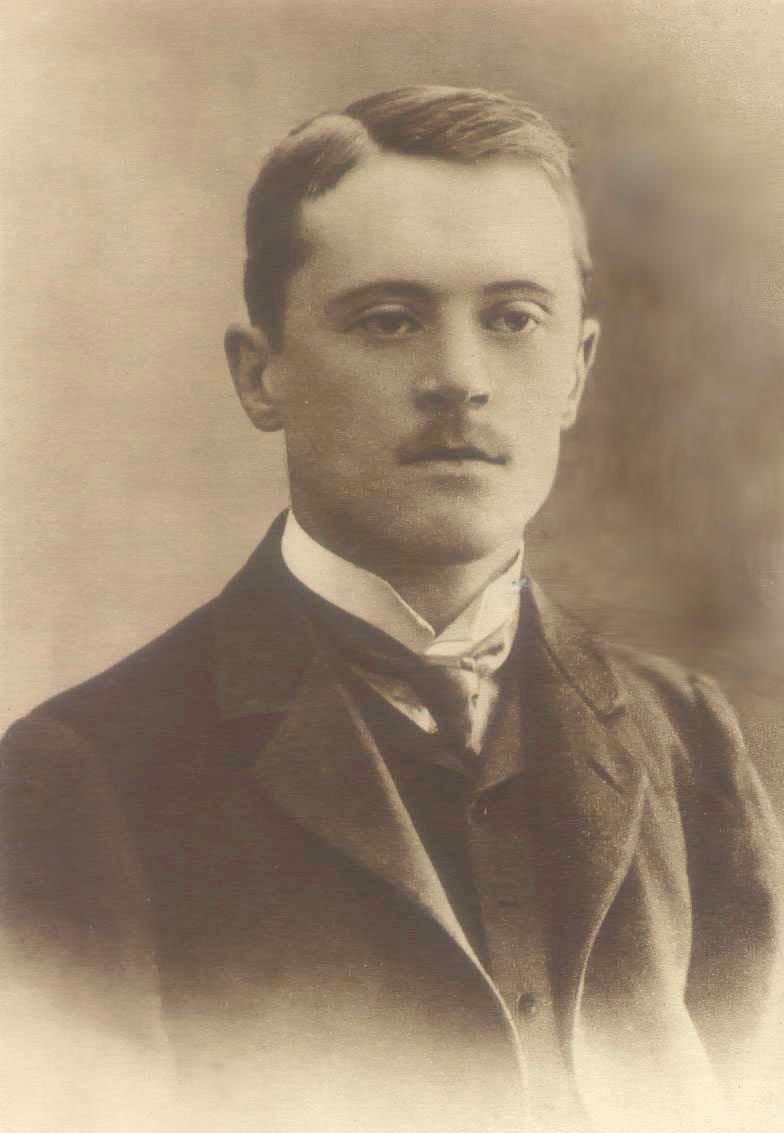
Fig. 6a. Bohdan Zaleski (1887--1927), director 1922 to 1927 (OA AMU)
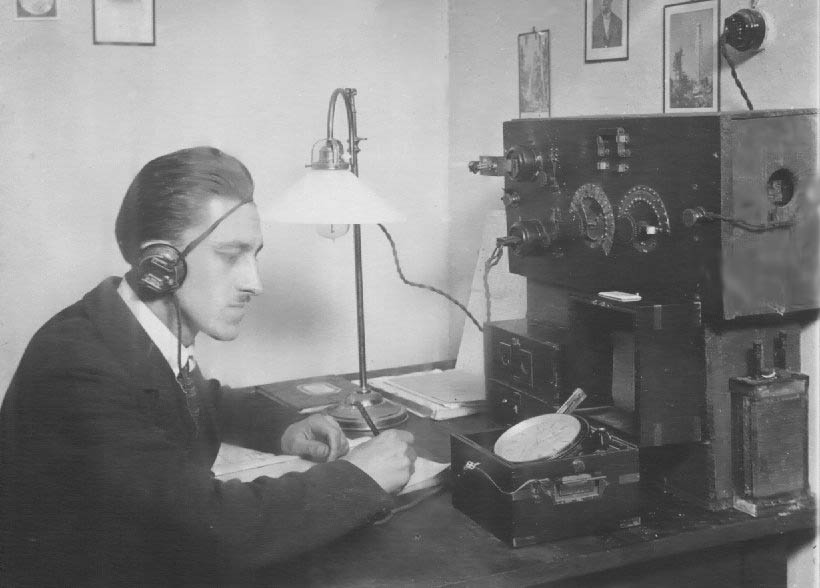
Fig. 6b. Stanisław Andruszewski, acting director 1927 to 1929 (OA AMU)
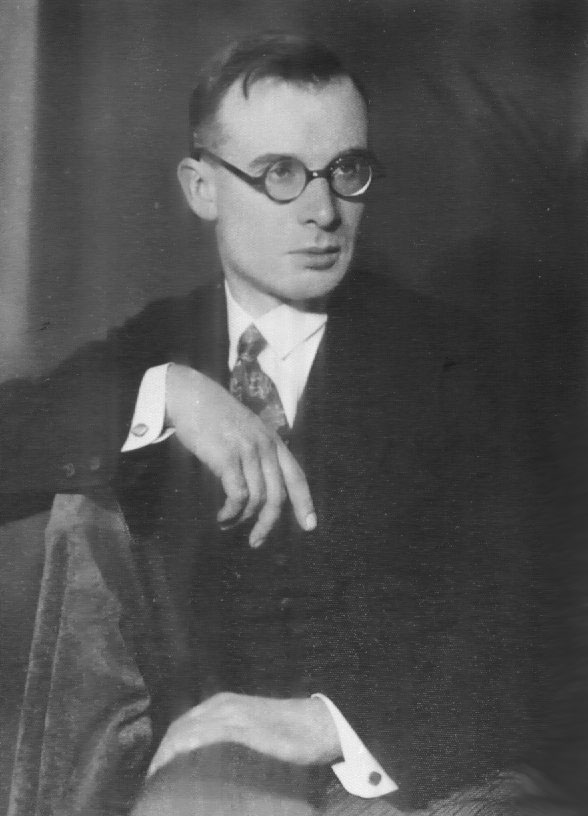
Fig. 6c. Józef Witkowski (1892--1976), director 1929 to 1940, 1945 to 1962 (OA AMU)
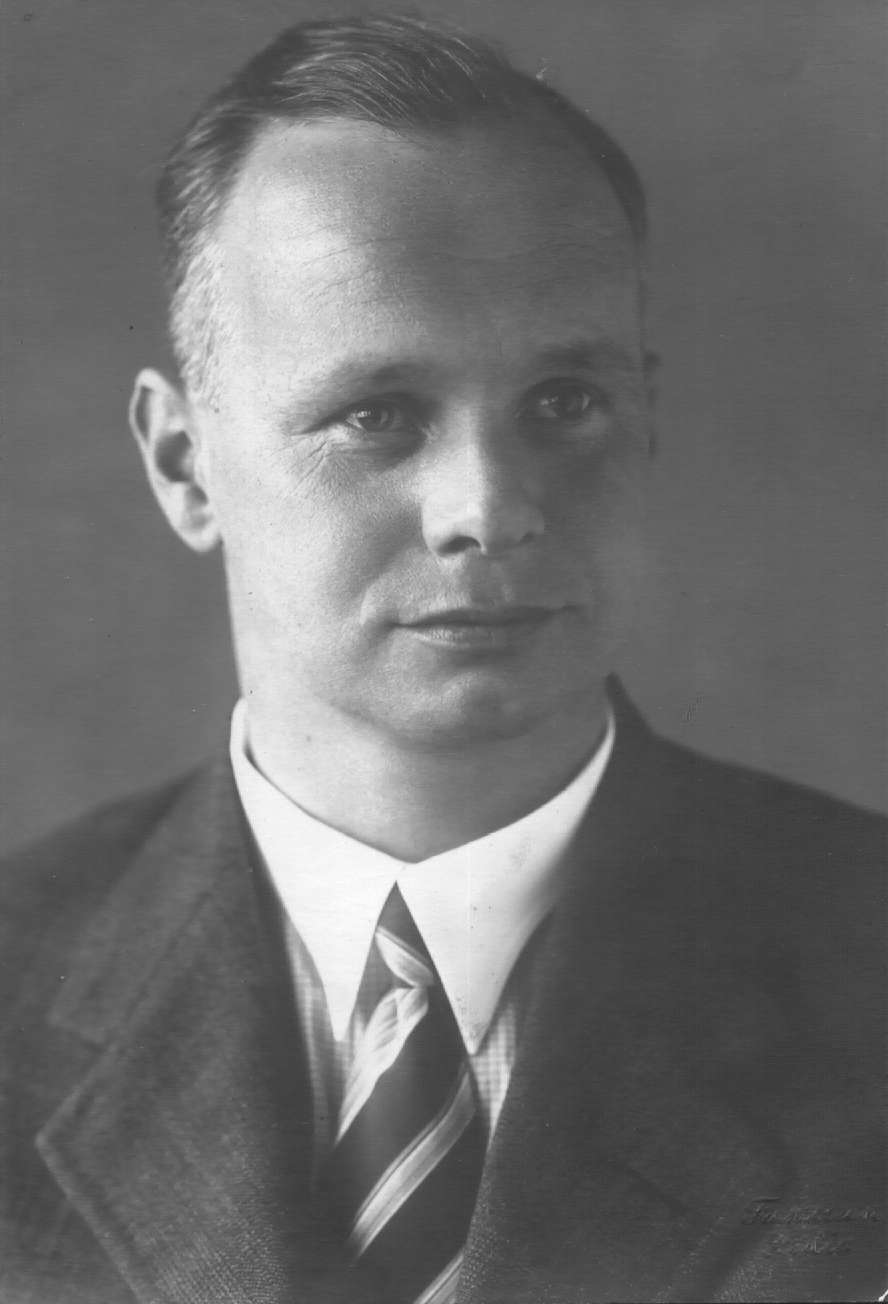
Fig. 6d. Joachim Otto Stobbe (1900--1943), director 1940 to 1942 (OA AMU)
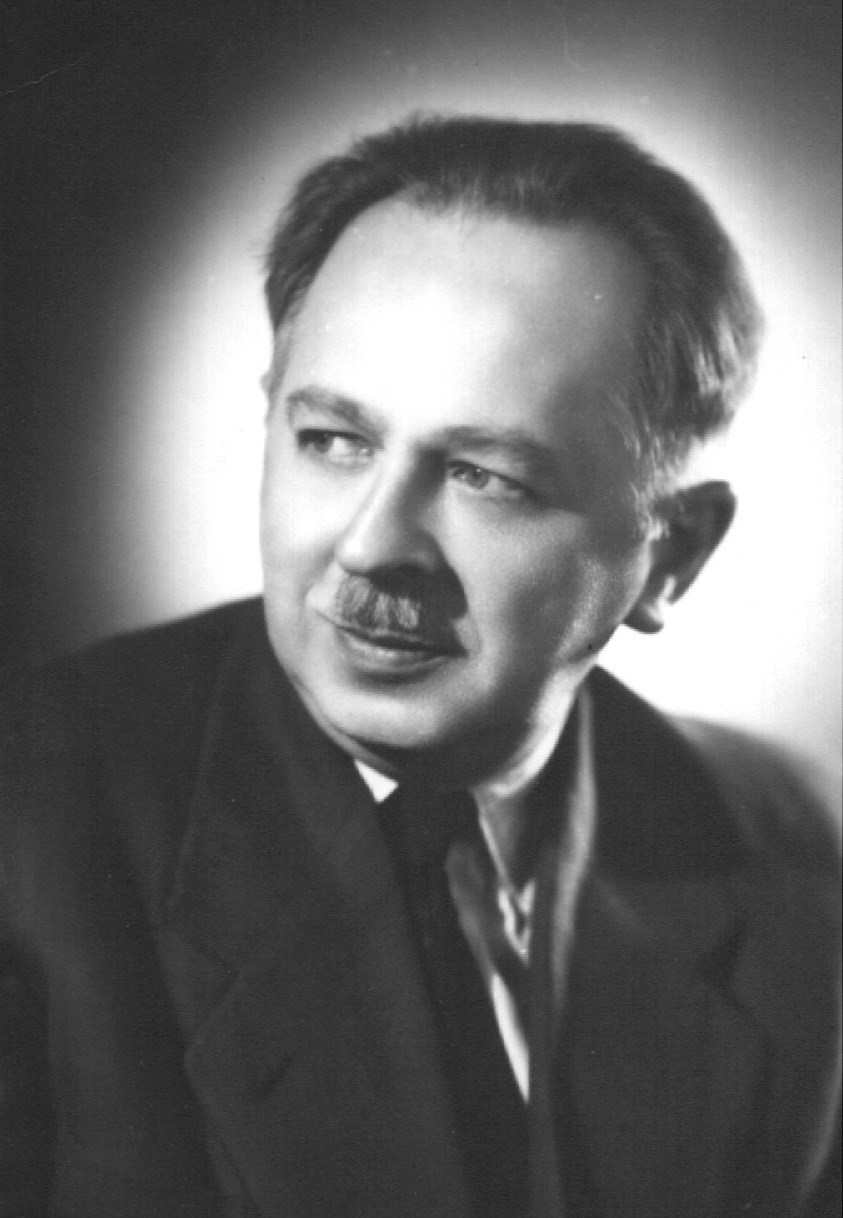
Fig. 6e. Fryderyk Koebcke (1909--1969), director 1962 to 1967 (OA AMU)
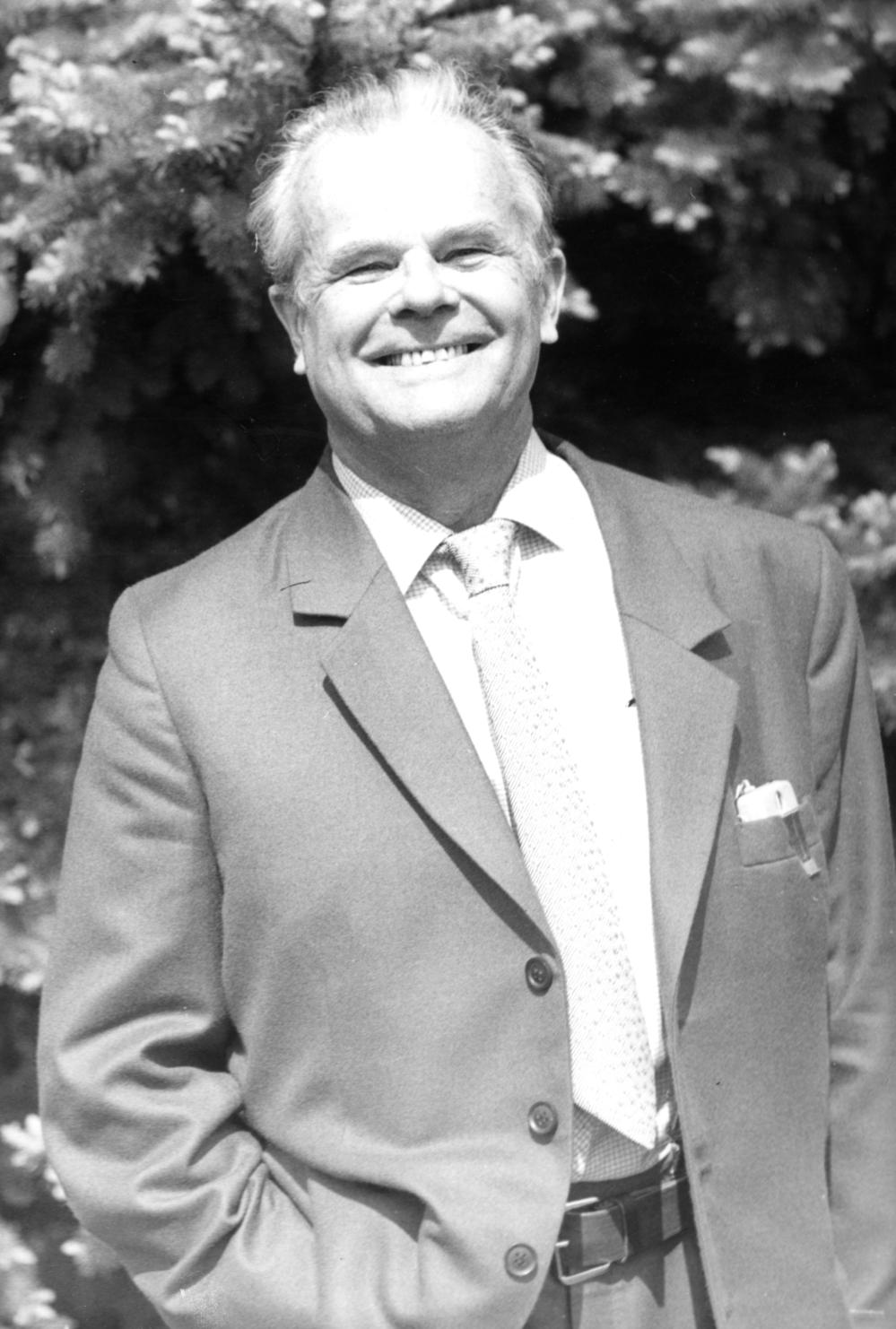
Fig. 6f. Hieronim Hurnik (1919--2016), director 1967 to 1990 (OA AMU)
Directors of the Jesuit and University Observatory Poznań
- Józef Rogaliński (1728--1802), 1757 to 1772
- J. Gawronski (...), 1772 to 1777
- Kazimierz Romuald Graff (1917--2012), 1919 to 1920
- Bohdan Zaleski (1887--1927), 1922 to 1927
- Stanisław Andruszewski (...), acting director 1927 to 1929
- Józef Witkowski (1892--1976), 1929 to 1940, 1945 to 1962
- Joachim Otto Stobbe (1900--1943), 1940 to 1942
- Harald Fischer (...), 1942 to 1945
- Fryderyk Koebcke (1909--1969), 1962 to 1967
- Hieronim Hurnik (1919--2016), 1967 to 1990
- Krystyna Kurzynska (*...), 1990 to 1998
- Edwin Ludwik Wnuk (*1948), 1998 to 2016
- Agnieszka Kryszczynska, since 2016.
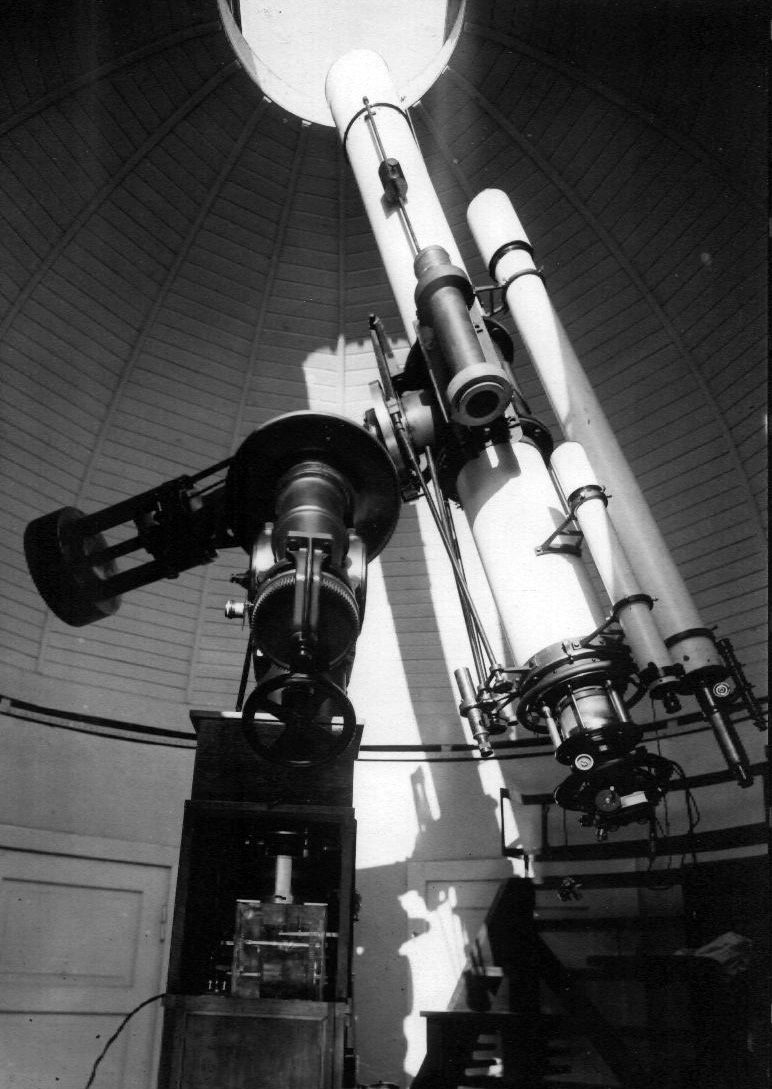
Fig. 7a. 20-cm-Equatorial Refractor, Carl Zeiss of Jena (1931) (OA AMU)
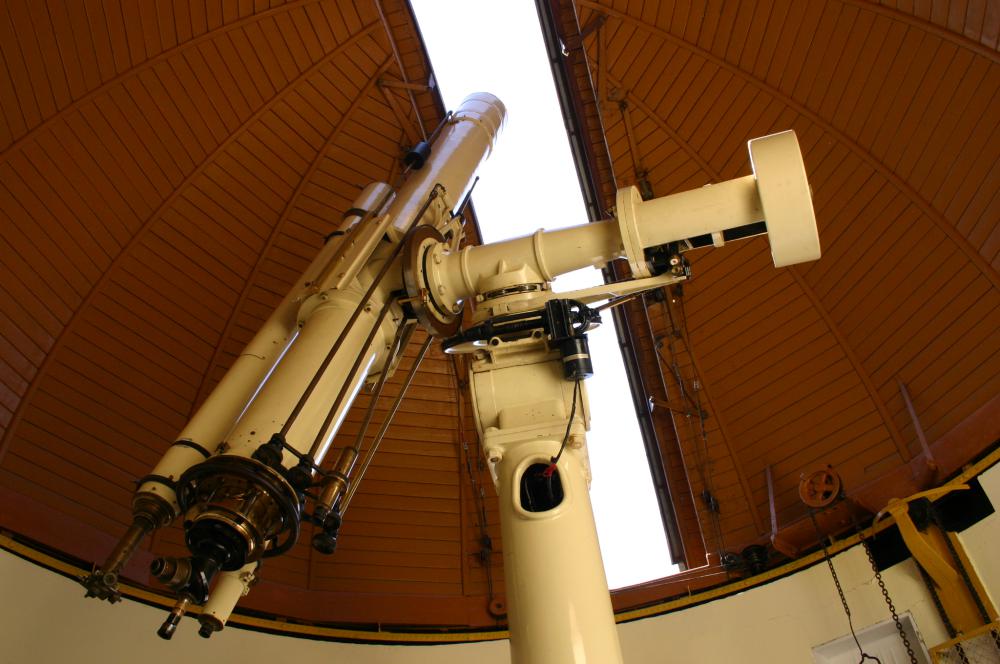
Fig. 7b. 20-cm-Equatorial Refractor, Carl Zeiss of Jena (1931) (OA AMU)
Original Instruments
- Quadrant (radius of 3 feet), made by Canivet of Paris (sent to Kraków in 1783)
- Parallactic telescope
- Astrolabe
- Astronomical Clock, made by Jean André LePaute (1720--1789)
- Astronomical Clock, made by François Boucher.
- Small 9.5-cm-Refractor
- 16.2-cm-Equatorial Refractor (f=2.3m), made by Steinheil of Munich
- 11-cm-Refractor (changed to an astrocamera), Carl Zeiss of Jena
- Transit instrument (objective 7.6cm, f=72cm), Ertel of Munich
- Transit instrument, Starke & Kammerer of Vienna
- Meridian circle (42cm diameter of the circles, 8cm objective, f=88cm),
A. Repsold & Söhne of Hamburg (1911) with an impersonal micrometer - Chronometer and Chronograph
- Riefler pendulum clock, made by Riefler of Munich (1931),
from the private Władysław Szaniawski observatory in Przegaliny near Lublin - Synchronome free pendulum clock, no. 30, William Hamilton Shortt (1881--1971), Synchronome Co., Ltd., London, UK (1931)
- 20-cm-Equatorial Refractor (f=3.01m), Carl Zeiss of Jena (1931),
from the private Władysław Szaniawski observatory in Przegaliny near Lublin - Two crystal clocks, made by the Observatory Workshop (1948)
- 35-cm-Cassegrain-Reflector in dome on the main building.
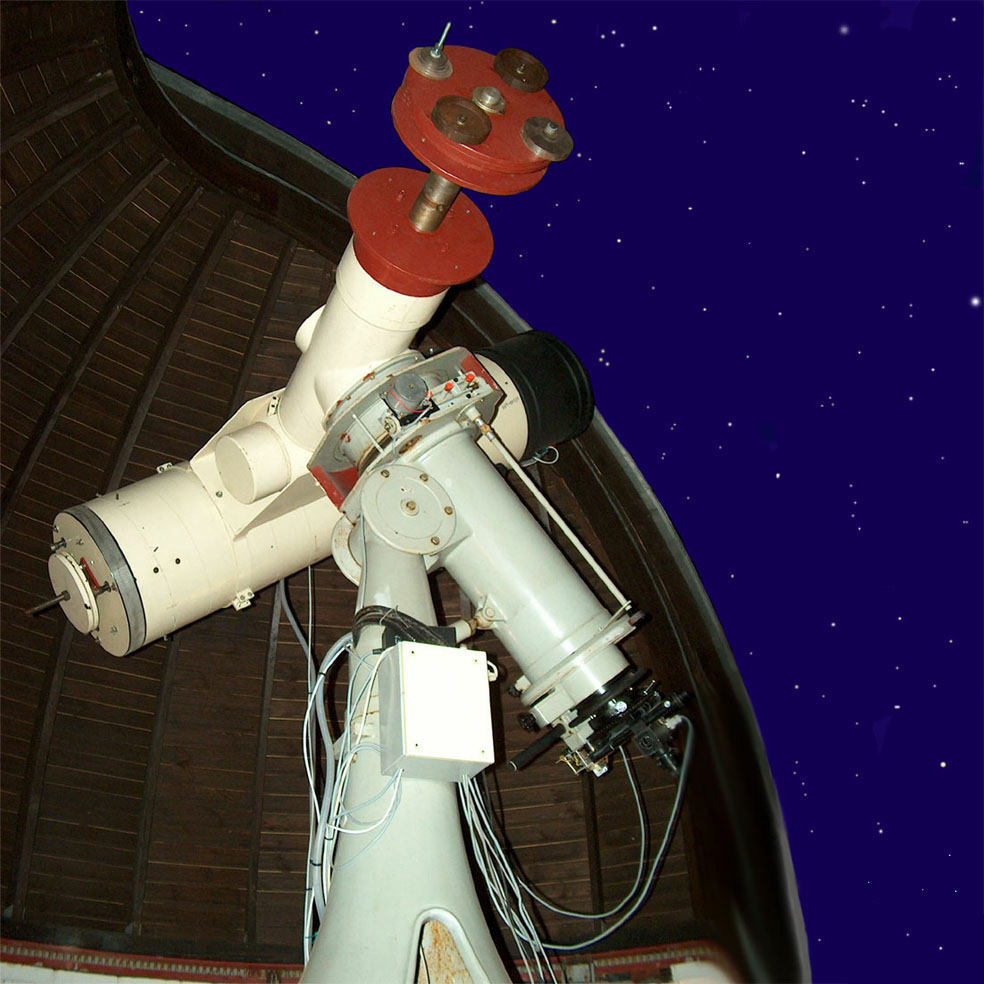
Fig. 8a. 40-cm-Photometric Telescope, Zeiss NewtonReflector in Borówiec (Wikipedia, CC3, Bori64)
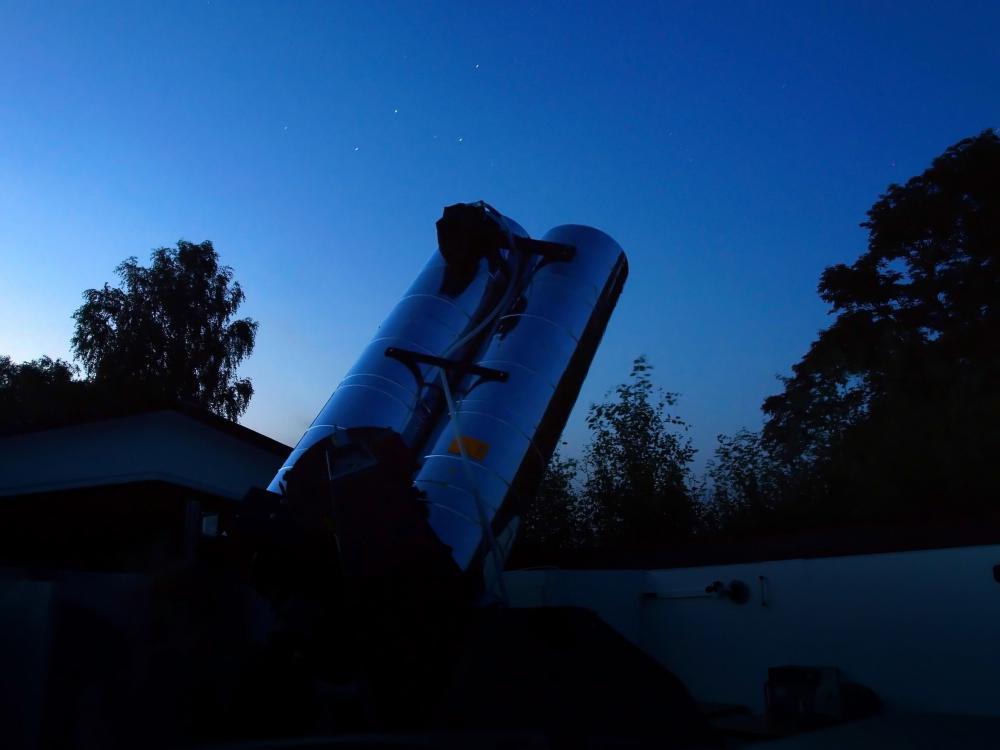
Fig. 8b. 50cm-Spectroscopic Double Newton Reflector, PST1 (Wikipedia, CC3, Bori64)
Modern Instruments
- 40-cm-Photometric Telescope, Zeiss Newton Reflector with the SBIG ST-8 CCD camera (located in Borówiec) and Intercosmos Laser Ranging device for the observation of artificial satellites
- 30-cm-Astrograph (f=1.5m), constructed in the Observatory Laboratory
- PST1 -- 50cm-Spectroscopic Double Newton Reflector with the echelle R = 35000 fiber optic spectrograph and the CCD Andor DZ-436 camera (located in Borówiec), introduced by professor Aleksander Schwarzenberg-Czerny in 1993, constructed by the engineer Roman Baranowski in the Observatory’s workshop
- PST2 -- fully robotic 70-cm-Spectroscopic Reflector, Dall-Kirkham, with the echelle R = 40,000 fiber spectrograph and the Andor iKon-L CCD camera (since 2013, it is located at the Winer Observatory in Sonoita, Arizona, USA).
- 35-cm-Ritchey-Chrétien Meade RCX-400 reflector in dome on main building.
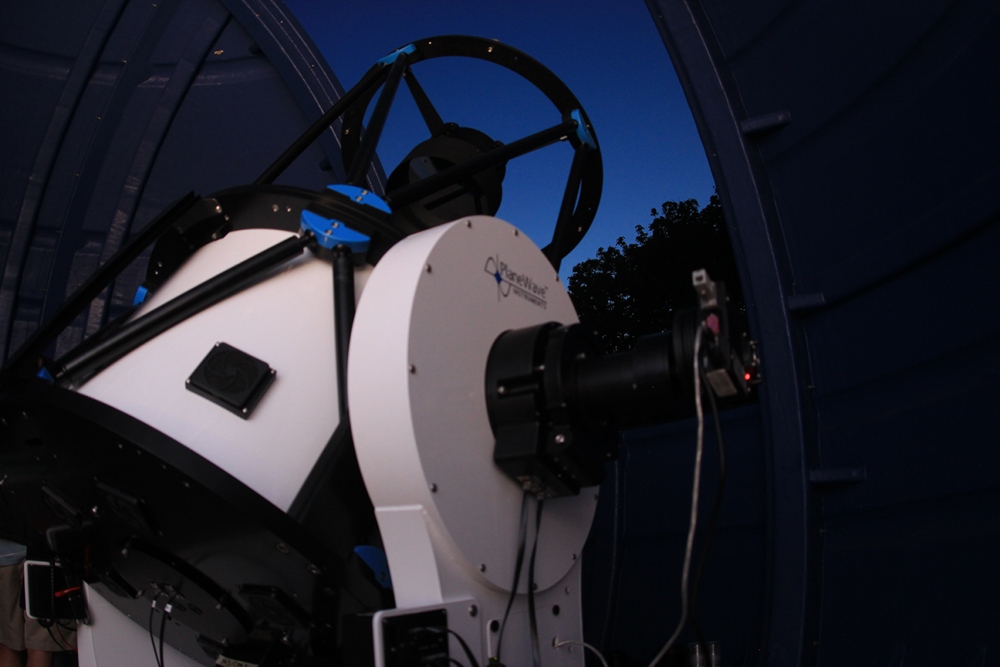
Fig. 8c. 70-cm-Spectroscopic Reflector, PST2 (since 2013, Winer Observatory, Arizona, USA), (Wikipedia, CC3, Bori64)
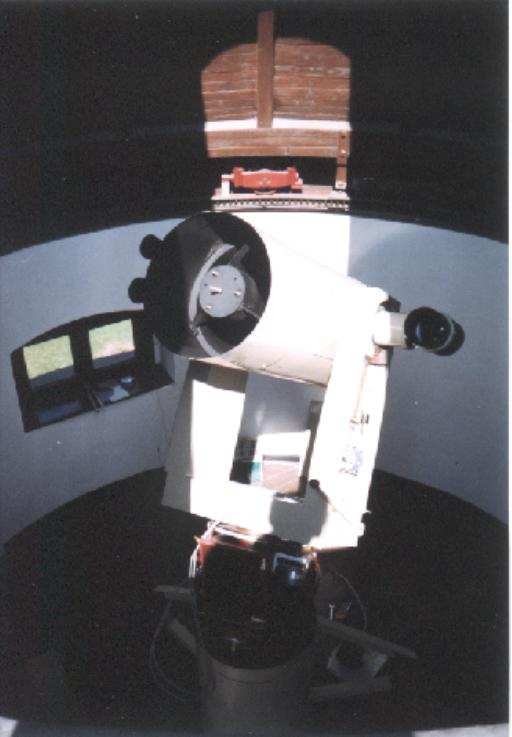
Fig. 8d. 35-cm-Ritchey-Chrétien Meade RCX-400 reflector (www.vesta.astro.amu.edu.pl)
State of preservation
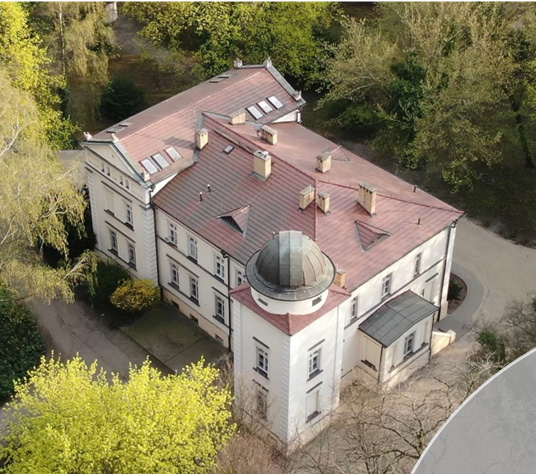
Fig. 9a. Poznań Observatory (1919) (www.kafelek.historia.engl)
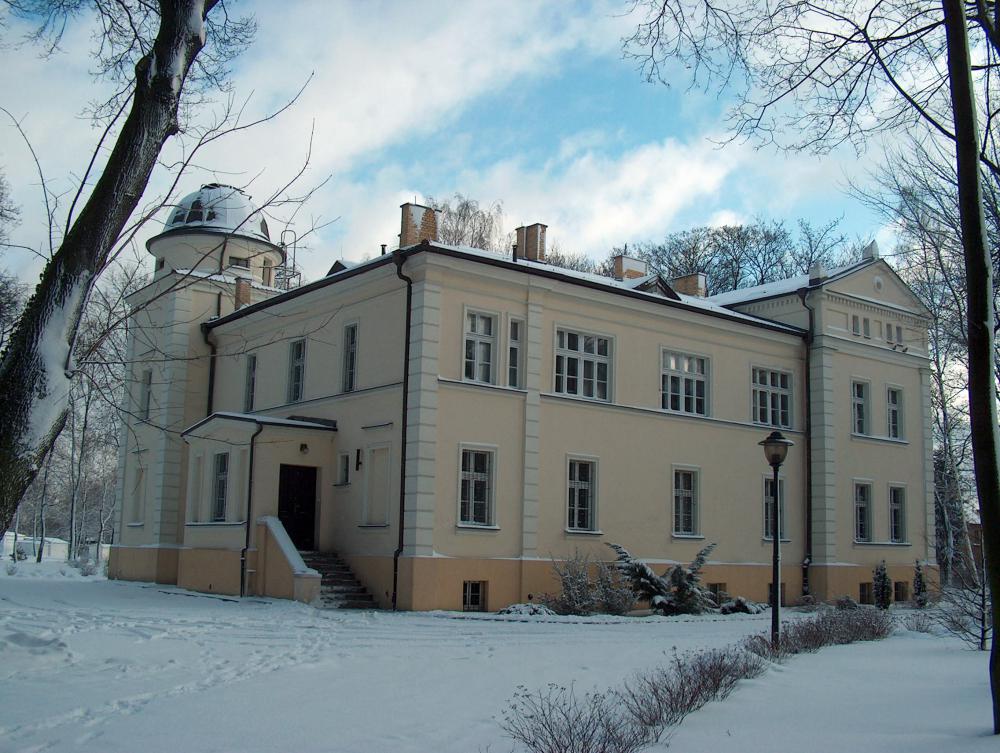
Fig. 9b. Poznań Observatory (1919) (Wikipedia, CC3, Bori64)
The original building of Poznań Observatory is preserved in good condition.
Comparison with related/similar sites
Poznań Observatory is an example of a castle, which was changed to an observatory, cf. Szombathely-Hereny, Hungary, and Meudon near Paris, France.
Threats or potential threats
no threats
Present use
Besides the research in astrophysics, the observatory also conducts popularization activities for schools and monthly open lectures for the public, as well as events like Day of the Open House, Star Gazing Nights, etc.
Astronomical relevance today
Research on asteroids has a long tradition in Poznań Observatory. One of the first major achievements was the discovery of the asteroid (1572) Posnania (September 22, 1949). In recognition of the three Poznań astronomers currently working at the Observatory, three previously nameless asteroids were given the names: Michalowski, Kwiatkowski, Kryszczynska.
The research topics of the Observatory include:
- dynamics of artificial Earth satellites
- dynamics of small bodies of the Solar System (meteoroid swarms, comets, Oort cloud)
- physics of asteroids (photometric observations, analysis of their rotation parameters, determination of their physical models from light curves and observation of occultations).
- stellar astrophysics (spectroscopic observations of double and pulsating stars, determination of radial velocities).
Most of the observations are carried out in Borówiec (Coordinates: 52°16’37’’ N 17°04’29’’ E, 123m, IAU Code 187) near Kórnik, approx. 20 km away from Poznań, and at the Winer Observatory, AZ, USA.
References
Bibliography (books and published articles)
- Duerbeck, Hilmar W.: German Astronomy in the Third Reich. In: Heck, André (ed.): Organizations and Strategies in Astronomy, Vol. 7. Dordrecht, The Netherlands: Springer (Astrophysics and Space Science Library) 2006, p. 383-413.
- Howse, Derek: The Greenwich List of Observatories - a World List of Astronomical Observatories Instruments and Clocks - 1670-1850. In: Journal for the History of Astronomy 17 (Nov. 1986), No. 51, p. A1--A100.
- Kippenhahn, Rudolf: Stefan Temesváry 1915 -- 13. September 1984. In: Mitteilungen der Astronomischen Gesellschaft (1985), Nr. 64, p. 7-8.
- Kubiak, Marcin & Iwona Korzeniewska: Astronomical observatories in Poland. In: Astronomical observatories in Poland. Edited by the Local Organizing Committee for the Extraordinary General Assembly of the IAU in Poland. Warszawa (Poland): Polish Astronomical Society. PWN - Polish Scientific Publishers 1973 (62 p.), (1973aop..book.....K).
- Marnocha, Kasia: Poznańskie obserwacje nieba, w: Bli┼╝ej Uczelni - czasopismo Stowarzyszenia Absolwentów Uniwersytetu w Poznaniu (2010), nr. 1 (5), p. 3.
- Naskrc{e}cki, Wladysław: Obserwatorium Astronomiczne UAM. In: Kronika Miasta Poznania (2002), nr 1. Poznań: Wydawnictwo Miejskie, p. 298-303.
- Schmadel, Lutz D.: Dictionary of Minor Planet Names. Springer Science & Business Media 2013.
- Udías, Agustín: Searching the Heavens and the Earth: The History of Jesuit Observatories. Dordrecht: Kluwer Academic (Springer Science & Business Media) 2013.
- Udías, Agustín: Jesuit Contribution to Science: A Historiographical Essay. Dordrecht: Brill 2014.
Links to external sites
- Astronomical Observatory Institute, Faculty of Physics, Adam Mickiewicz University in Poznan (OA AMU)
- Peter Abrahams: Historic telescopes of Poland (Archiwum historyczne PTMA)
- Józef Rogaliński (1728--1802) (Wikipedia, Polish)
- Poznan Observatory (Wikipedia, Polish)
- Jezuickie obserwatorium astronomiczne w Poznaniu, Jesuit Observatory (Wikipedia, Polish)
- T. Kwiatkowski: Poznan Astronomical Observatory
- T. Kwiatkowski: Virtual visit to Poznan Observatory, photos by W. Naskrecki and T. Kwiatkowski
- Borówiec Astrogeodynamic Observatory (Wikipedia)
No multimedia content published
Currently there is no multimedia content published for this case study








